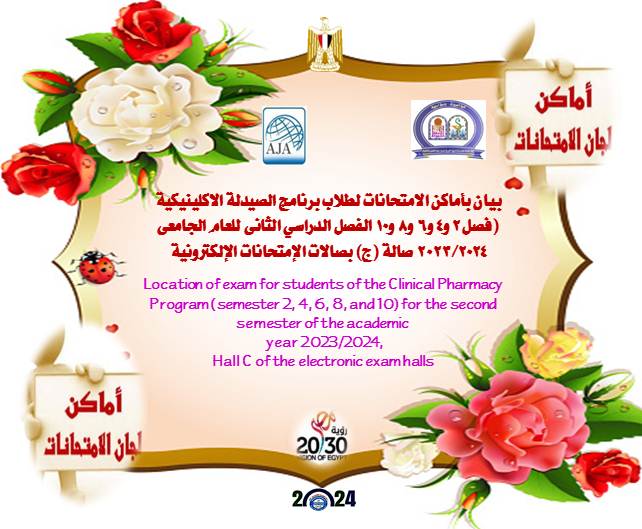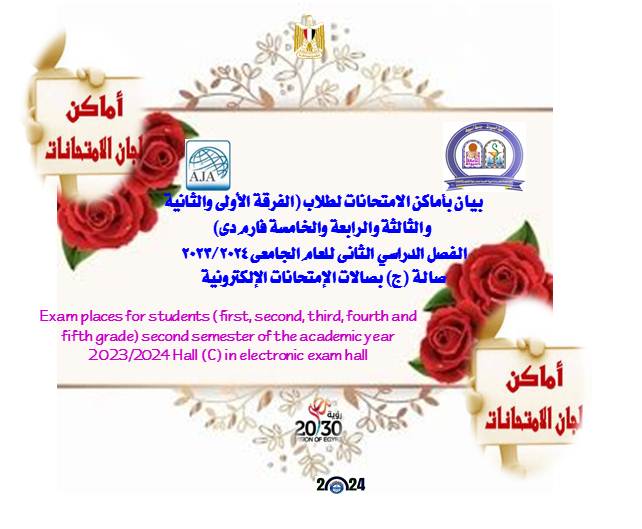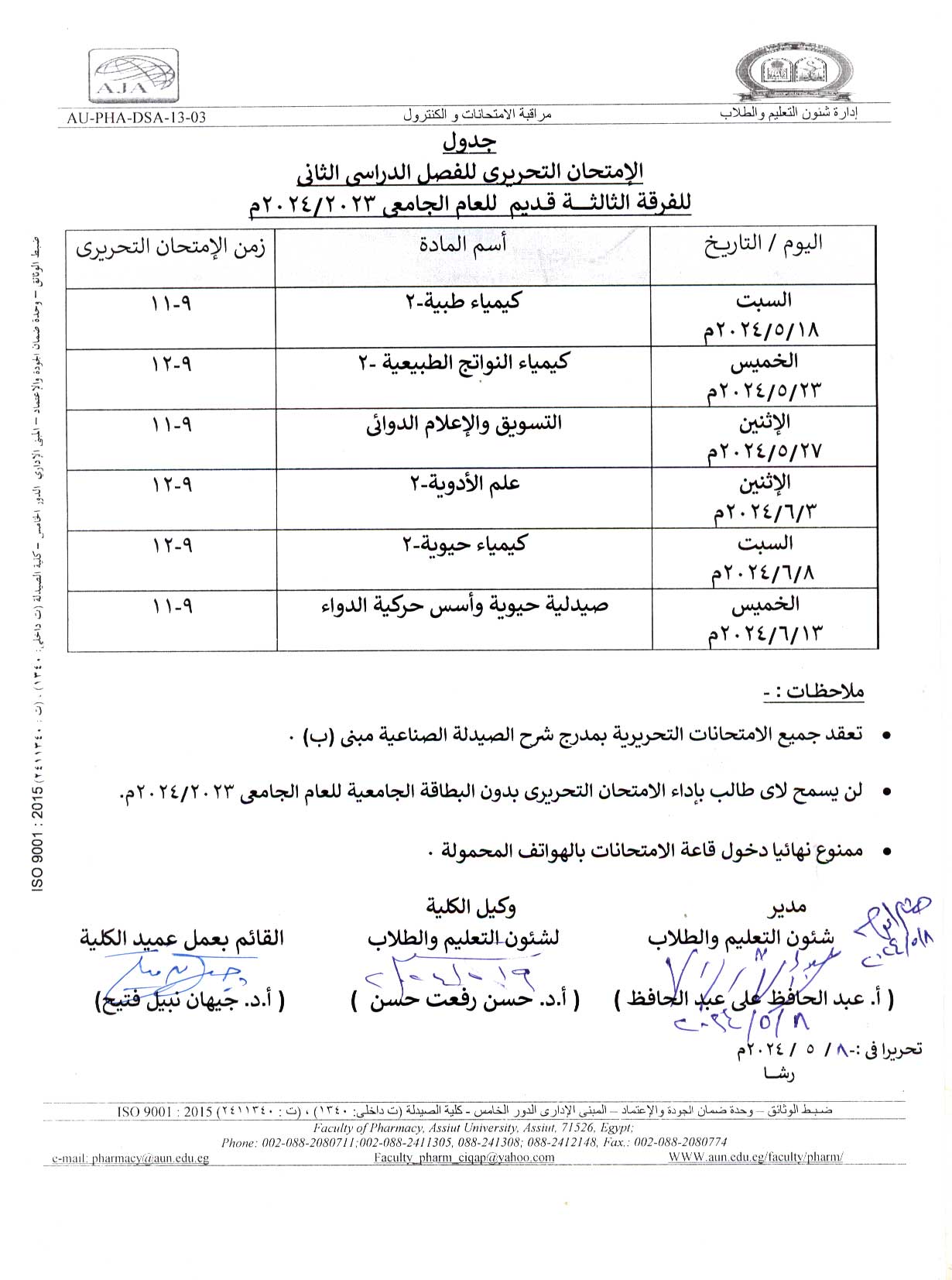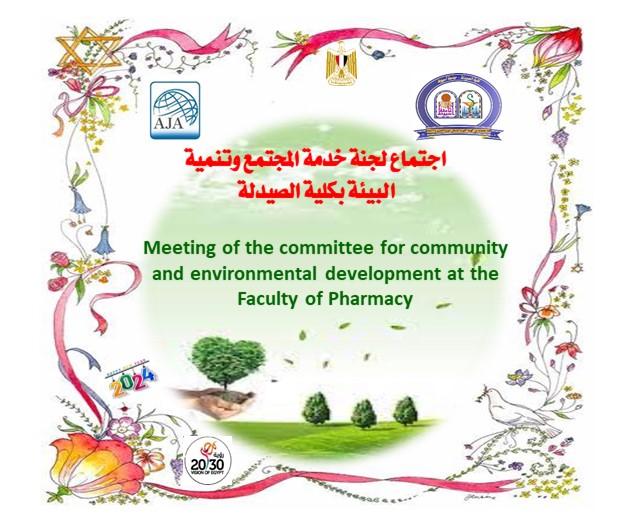After examining the grievances submitted by the students (Pharmacognosy1 course) for the mid-term exam and after reviewing the exam papers of the students.
It turns out that no student is entitled to any grades, except for the student / Engie Sabry Gad Al-Sayyed, who gets half a grade, so it becomes 13 instead of 12.5 grades













